Search
02256 CATHODIC PROTECTION SHORTING STRAP INDUCED CORROSION AND FAILURE OF PRESTRESSED CONCRETE PIPE
Also Purchased
02263 Impressed Current and Galvanic Discrete Anode Cathodic Protection for Corrosion Protection of Concrete Structures
Product Number:
51300-02263-SG
ISBN:
02263 2002 CP
Publication Date:
2002
$20.00
98637 CATHODIC PROTECTION CRITERIA FOR PRESTRESSED CONCRETE PIPE
Product Number:
51300-98637-SG
ISBN:
98637 1998 CP
$20.00
02276 WHY CORROSION INHIBITORS DO NOT PERFORM WELL IN SOME MULTIPHASE CONDITIONS: A MECHANISTIC STUDY
Product Number:
51300-02276-SG
ISBN:
02276 2002 CP
Publication Date:
2002
$20.00




